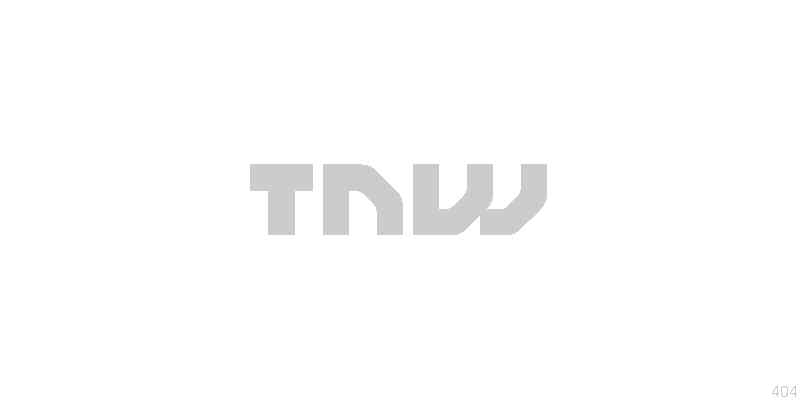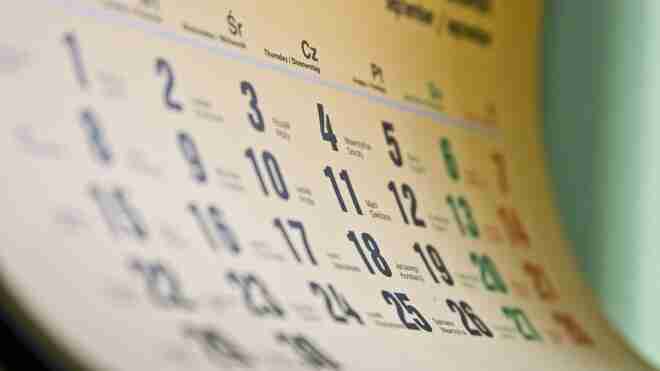Meltwater Group released a study today about tablets based on conversations it has tracked on the web using its tool called “Meltwater Buzz”. While the iPad is the clear winner this holiday season, it looks like the Kindle Fire and Nook were the most discussed tablet for girls this year. Take that, Apple .

The Nook and Kindle Fire seem to be a hot topic for girls, perhaps because it’s less about apps for them and more about books and other content that is readily available on both platforms. It could also be because of the type of advertising campaigns the two companies are using.
Barnes and Noble has been running the below obnoxious Nook ad on TV, featuring Jane Lynch from “ Glee “, which most certainly attracts a female audience, much like the show does.
http://www.youtubeom/watch?v=gefQnsutcrU
If online conversation translates into Christmas wish-lists, it could be a heck of a holiday season for Amazon and Barnes and Noble.
This infographic shows conversations on blogs, and it’s most certainly not all about the iPad:
The amazing LIFX hits Kickstarter to completely reimagine the lightbulb
Lightbulbs may have been around for more than 125 years, but in that time they haven’t changed all that much. Filaments have become more reliable and energy-saving products have started to rise in popularity over their more wasteful counterparts, and LED lighting is also becoming more popular.

After all this time, lightbulbs are still only able to do one thing, and do it well: emit light.
That’s all about to change with the launch of the LIFX Kickstarter project , a WiFi enabled, multi-color, energy-efficient LED light bulb that is designed to integrate technology that allows you to control it with your iOS or Android device. It’s similar to how a NEST thermostat integrates with your existing heating system, but works in any of your lighting products around your house.
The project is just over 24 hours old and already it has achieved its $100,000 goal, reaching $230,134 from 1,780 backers. The project still has 58 days to go and looks set to rival the Pebble Smartwatch and the OUYA Android gaming system for the all-time Kickstarter fundraising record.
The team have made a number of different pledges available, with the $99 deal for two bulbs already sold out. However, you can grab one for $69, pay $119 for two or $196 for four. Distributors can also purchase a $5000 pack that offer 100 bulbs, helping get the LIFX out to a wider audience.
The LIFX team consists of Phil Bosua, Andrew Birt, Andy Gelme, John Bosua, Ben Hamey, Dave Evans and Guy King, who have used the past six months to design, test, tune and retune their LIFX bulbs to give owners complete control over their lighting, a range of different applications, all the while offering up to 25 years of use.
The beauty of the product is that it takes seconds to set up. Once it has been screwed into a bayonet, Edison screw or downlight fixing, you download the app and then it’s ready to go. Once it has been set up, the LIFX app allows brightness to be selected for a single bulb, a room of the entire house, it can change color, send push notifications via Twitter, Facebook and SMS and even be animated to match the beats of your music.
Your light switches will still work, but using the app will be what you’ll want to do. While LIFX will initially make its apps available on iOS and Google Play, the company also plans to launch apps for Windows, Mac and Linux.
LIFX is offering a single bulb or a collection of bulbs as part of its Kickstarter offering. You choose the light fitting in which you wish to install them and if you need to buy more, they will form part of the existing mesh network operated by the existing LIFX products in your home.
The bulbs support 802.11n wireless networks and connect to each other via a IPV6 802.15.4 mesh network. The bulbs are designed to support electrical voltages between 110V to 260V, so they will work in the US, UK, Canada and right across Europe.
In fact, LIFX bulbs are designed to support 95% of the world’s electrical systems.
If you are a developer, LIFX will offer the LIFX Software Development Kit (SDK), allowing you to create your own apps and do other cool things, like automate your home or build IFTTT support.
The LIFX project has reached its target and will be funded on November 14, 2012. The team will then push production at their manufacturing partners in Melbourne and Shenzhen.
If all goes to plan, the bulbs will start shipping in March 2013.
Something tells us the LIFX will be the next big thing to come from Kickstarter, will you be backing it?
Image Credit: dnak
If Amazon sold 5 million Kindle Fires in 9 months, the Kindle Fire 2’s job could be a nightmare
Amazon this week announced its Kindle Fire tablet has “Sold Out” after first going on sale on November 15 in the US . The company also revealed the device was its most successful product launch in the history of the American retail website. Unsurprisingly, Amazon didn’t release sales figures, but it did note that the Kindle Fire “captured 22% of tablet sales in the US.”

Asymco’s Horace Dediu has taken that number, did some quick calculations, and extrapolated a much more useful raw number. The math is fairly straightforward:
A few points need to be made here. First, the two numbers provided by Apple and Samsung are likely very accurate, given that they had to be provided in court. Next, the 1 million ballpark number: a few months ago I would have said it’s a gross overestimate, but the recently-released Nexus 7 might skew that and actually make it an underestimate. Still, taking into account the Galaxy Tab’s numbers, and that the Nexus 7 has only been on sale for about a month, I think Dediu’s 5 million sales number for the Kindle Fire is a pretty fair estimate.
So, is this a big deal? Does 5 million sales mean the Kindle Fire has been disrupting the market? Dediu doesn’t think so, pointing to the Kindle Fire’s prominent placement on Amazonom, its loss-leading pricing, and that the success has largely been a US-only phenomenon.
I have to disagree, but I also think the tide’s about to turn. Given how Android tablets have been selling thus far, the Kindle Fire is an immense success. Grabbing a fifth of the sales pie is phenomenal. Remember: Amazon didn’t have any experience building a full-fledged tablet. The Kindle work certainly helped, of course, as did being the world’s largest online retailer.
In fact, I’ve long believed that the Kindle and Kindle Fire has been the only strategy that could possibly disrupt the tablet market that Apple controls so well. The Samsung Galaxy Tab sales, which were the highest for a long time in the Android division, were a perfect example as to why.
Everything changed two months ago with the launch of the $199 Nexus 7 . Suddenly Google had a product that was not only significantly superior to the Kindle Fire, but it matched Amazon’s price. Amazon would not have hit 5 million sales if the Nexus 7 arrived on the scene sooner.
Amazon has something up its sleeve for September 6 . In my mind, the Kindle Fire 2 will be awesome, but it won’t be enough. Don’t get me wrong; Amazon will continue to sell Kindles and Kindle Fires at an impressive pace. The company will likely continue slashing their prices and making the devices more and more irresistible.
The problem is that Amazon now has a real competitor on its hands. Google is the world’s most popular search engine — not just for the US — and like Amazon, it’s not afraid to use that to its advantage .
The iPad doesn’t count as a competitor to the Kindle Fire because Apple currently dominates the high-end tablet market and simply can’t compete, or at least doesn’t want to compete, on price. With the rumored iPad mini though, that could all change .
So the Kindle Fire 2 is going to have an even tougher job than its predecessor: instead of no real competitors, it will likely have two very solid competitors. Amazon better have something great planned, or the Kindle Fire will go from the disruptor to the disrupted.
See also: Amazon goes with Nokia instead of Google for new Kindle Fire maps
Image credit: stock.xchng
